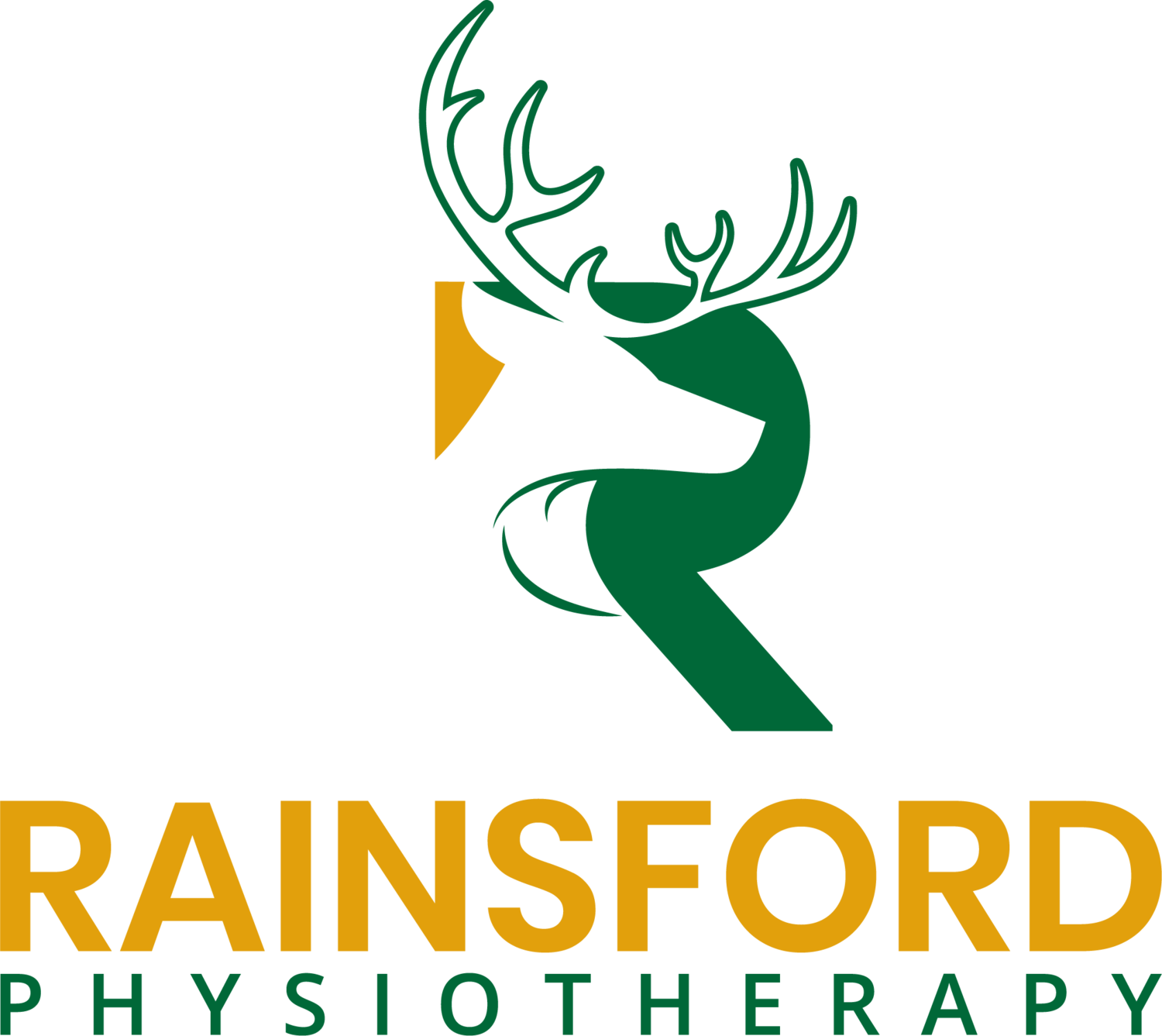Blood Flow Restriction Training (BFRT) in Physiotherapy
-BFR Cuff placement for the legs
In the dynamic world of Physiotherapy, where innovation meets proven practices, Blood Flow Restriction training (BFRT) has been emerging as a modern technique designed to revolutionize rehabilitation and strength training. BFRT has rapidly gained traction among healthcare professionals for its remarkable benefits, especially for patients undergoing rehabilitation for injuries or surgery. Let's delve into what BFR training entails, explore its scientific backing, and understand its application in Physiotherapy.
What is BFRT?
In brief, BFRT is the temporary restriction of blood flow in arteries (blood moving away from the heart) and blockage of blood flow in veins (blood returning to the heart), using a tourniquet band or cuff, while exercising.
Although BFRT is relatively new to the rehabilitation field, it actually originated in the 1960s. Developed in Japan, it was originally called KAATSU training. Since the 1990s, BFR has garnered significant attention, primarily due to its potential benefits for hypertrophy (ie. muscle building) training.
The goal of this technique is to increase metabolic stress on the muscles without performing higher intensity work that would cause muscle breakdown, such as what happens during high-intensity exercise training. Recent research increasingly supports the idea that combining BFR with low-load resistance training can effectively promote hypertrophy.
Understanding BFRT
Blood Flow Restriction (BFR) training, at its core, involves the application of a specialized cuff or band around the proximal (ie. upper) portion of a limb during exercise. This band is adjusted to a specific pressure to partially restrict venous blood flow (returning to the heart) while still allowing arterial blood flow (towards the limb).
Under regular training conditions, metabolites (eg. lactic acid) produced in muscles from hard exercising trigger adaptations in your body that promotes building muscle size and strength. With BFRT, the idea is to create an environment within the muscle that mimics the metabolite production during high-intensity training while engaging in low-intensity exercises, thus reducing the overall stress on the limb.
Indications for BFR Training
BFR training has shown promise across a range of applications, particularly in the context of rehabilitation from injuries or surgeries. Here are a few examples where BFR could be particularly beneficial:
Post-surgical Rehabilitation: Especially after orthopedic surgeries like ACL reconstruction or knee arthroscopy, where muscle atrophy (ie. reduction in size) is a concern.
Tendon Injuries: Helps in managing conditions like Achilles tendinopathy or jumper’s knee, by allowing strength training with reduced load.
Muscle Weakness or Atrophy: Ideal for patients who are unable to perform high-intensity exercises due to pain or injury.
Active Rest: The lower-intensity resistance with BFRT makes it a great option for exercise on active ‘rest’ days from your typical sport or activities.
Benefits of BFR Training
The main benefit is that you add stress to the muscles without accumulating as much ‘wear and tear’ compared with normal exercise training. Healthy individuals, or those recovering from injury, can substitute traditional strength training sessions when heavier loads aren’t well tolerated or when equipment is not available for heavy-load training (eg. vacations or home workouts). Performance athletes can add a set of BFR lifts after already maxing out your normal workouts to get an extra training boost.
Specific benefits can be categorized based on the location relative to the cuff (distal or proximal) and systemic effects:
Distal to the Cuff: Enhanced muscle hypertrophy and strength, improved muscle endurance, and increased muscle fiber recruitment in the restricted limb.
Proximal to the Cuff: While the proximal effects are less studied, some evidence suggests improvements in muscle strength and hypertrophy may occur above the site of restriction due to their increased recruitment once distal muscles near fatigue.
Systemic Benefits: There are potential systemic effects, including improved cardiovascular endurance and potentially positive changes in hormone balancing related to muscle growth and recovery.
BFR Prescription: Brief Overview
A typical BFR training session involves the following key components:
Assessment and Fitting: A Physiotherapist assesses the patient to determine the appropriate cuff size and placement, ensuring safety and effectiveness.
Pressure Determination: The optimal pressure is usually a percentage of the individual's limb occlusion pressure (LOP), which can be determined using a Doppler ultrasound device. Generally, 40-80% of LOP is used for the lower limbs and 30-50% for the upper limbs. The BFR Cuffs used at Rainsford Physiotherapy automatically adjust LOP to stay within the preset ranges while you exercise, which is a huge advantage in personalizing the exercise program to your specific body.
Exercise Selection: Low-intensity exercises (20-35% of 1RM) are chosen, focusing on the rehabilitation goals. Common exercises include squats, seated knee extensions, overhead press, and bicep curls.
Protocol: A common protocol involves multiple sets (e.g., 4 sets) of repetitions (e.g., 15-30 reps) with short rest periods (e.g., 30-60 seconds) between sets.
Monitoring and Progression: The Physiotherapist closely monitors the patient's response and progresses the exercises and pressures as appropriate to ensure safety and maximize benefits.
Embracing BFRT in Your Recovery Journey
BFR training represents a promising adjunct to traditional Physiotherapy approaches and offers an innovative way to enhance recovery and improve muscular strength with lower loads. However, it’s important to engage in BFRT under the guidance of a qualified Physiotherapist to ensure the technique is applied safely and effectively, tailored to your specific needs and rehabilitation goals. As research continues to unfold, BFRT is set to become an increasingly integral part of Physiotherapy practice, helping patients unlock their full recovery potential.
- Thanks for reading and keep looking for more posts in the future on other ‘hot topics’ in the world of Physiotherapy and Physical Rehabilitation!

